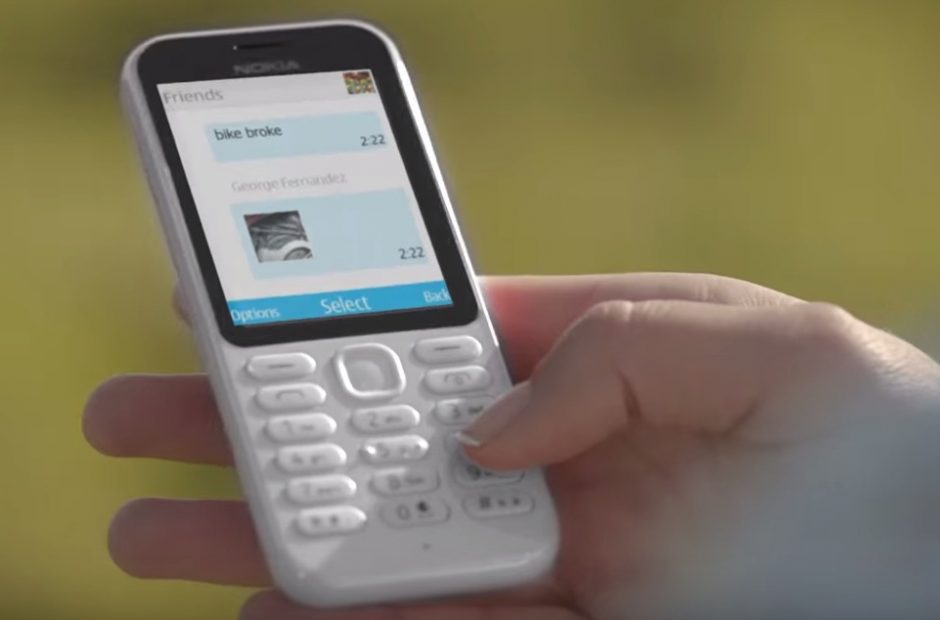
Mobile phone handset market experienced a rather sluggish flat 2% quarter-over-quarter (QoQ) growth in the last quarter of 2018, according to the International Data Corporation’s (IDC) Asia/Pacific Quarterly Mobile Phone Tracker, Q4 2018. Mobile shipment by the vendors declined significantly compared to a year ago. The increased duty structured caused some challenges for small vendors while helping players like Transsion and HMD(Nokia) advance their positions in the market by absorbing additional costs. The locally manufactured devices also started to enter the market during the last quarter of 2018 creating new dynamics in the market.
Local mobile handset giant Symphony continued its lead in the market with a 22% market share. Although the company lost some share, it continues to show strategic maturity with moves like emphasizing on local assembly and committing early to new markets like Android Go. Xiaomi gained significant market share and became the third largest players. Let’s have a look at the major numbers and changes in the mobile market.
Symphony continued to hold the leadership position in the market. The company dominated the market entire year and it controlled a 22% market share in Q4 2018.
Transsion came second with a market share of 12% in the last quarter of the year. Transsion’s low to mid range Itel remains the leading contributor to its growth.
Xiaomi became the 3rd largest player. The company took Samsung’s place by doubling its shipments in Q4 2018 compared to the same time a year ago. Xiaomi introduced some pretty interesting new phones. It introduced POCO series with the launch of Poco phone F1 at an attractive price point in the country. Redmi 6A and Redmi 6 were the new top-selling models of the vendor contributing 56% to its overall shipments. It also launched its first ever Android Go model – Redmi Go in Q1 2019 to further expand its entry-level segment.
Samsung ended at the fourth position in Q4 2018 as its shipments witnessed a YoY decline of 31% from Q4 2017. Its Galaxy J2 4G variant continued to be the top-selling model owing to its lower price as compared to the other Samsung models. Also, the newly-launched Android Go model- Galaxy J2 Core was placed in the <US$100 price segment and was well received in the market. The brand is likely to bounce back with the launch of its upcoming “M-series” in Q1 2019.
Huawei captured the fifth position as its shipments increased by 4% YoY in Q4 2018. Its 3G model Y3 (2017) continued to be the most popular device contributing to one-third of the brand’s shipments. Huawei also introduced Android Go device - Y5 Lite (4G) that directly competes with other Android Go models present in the market.
